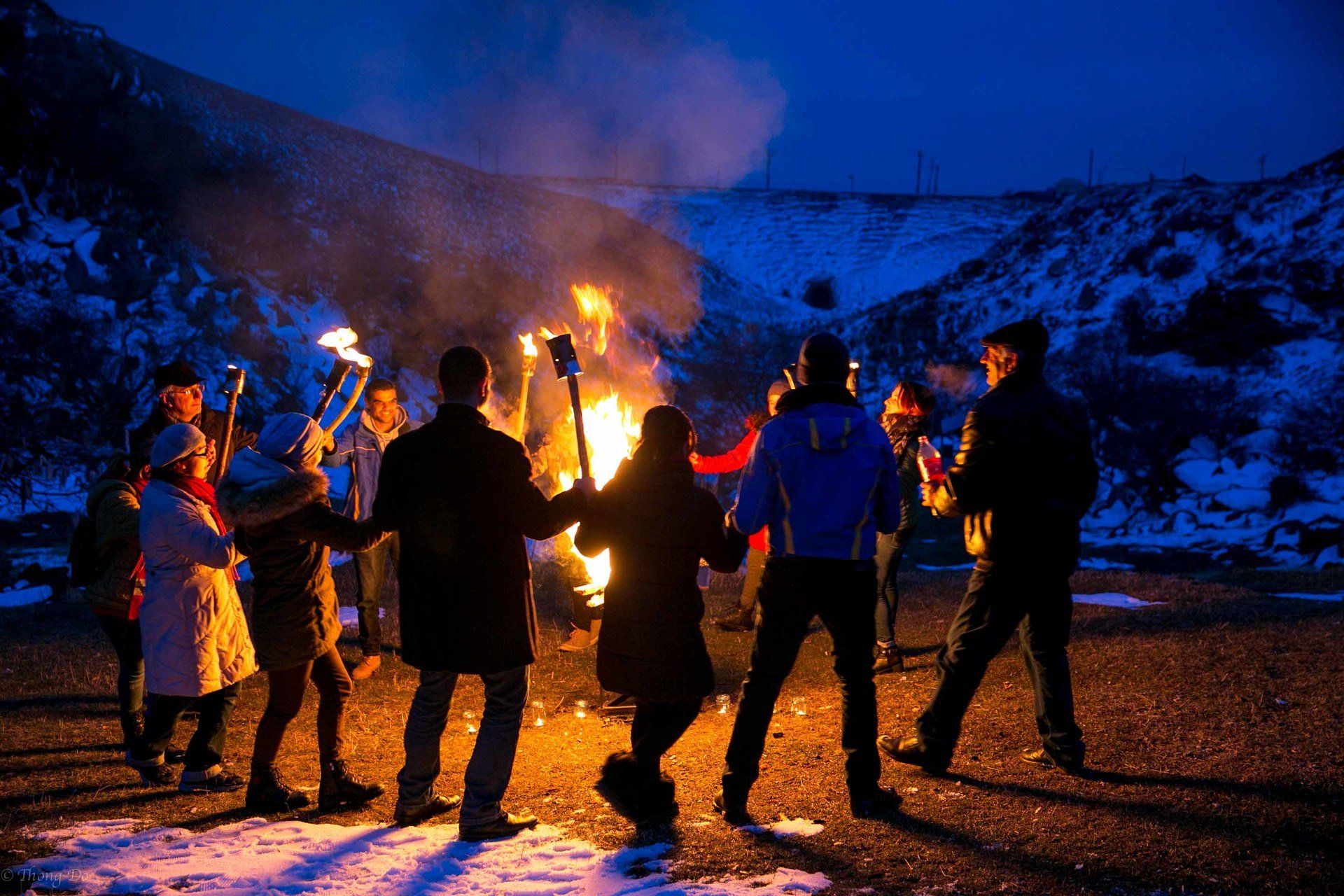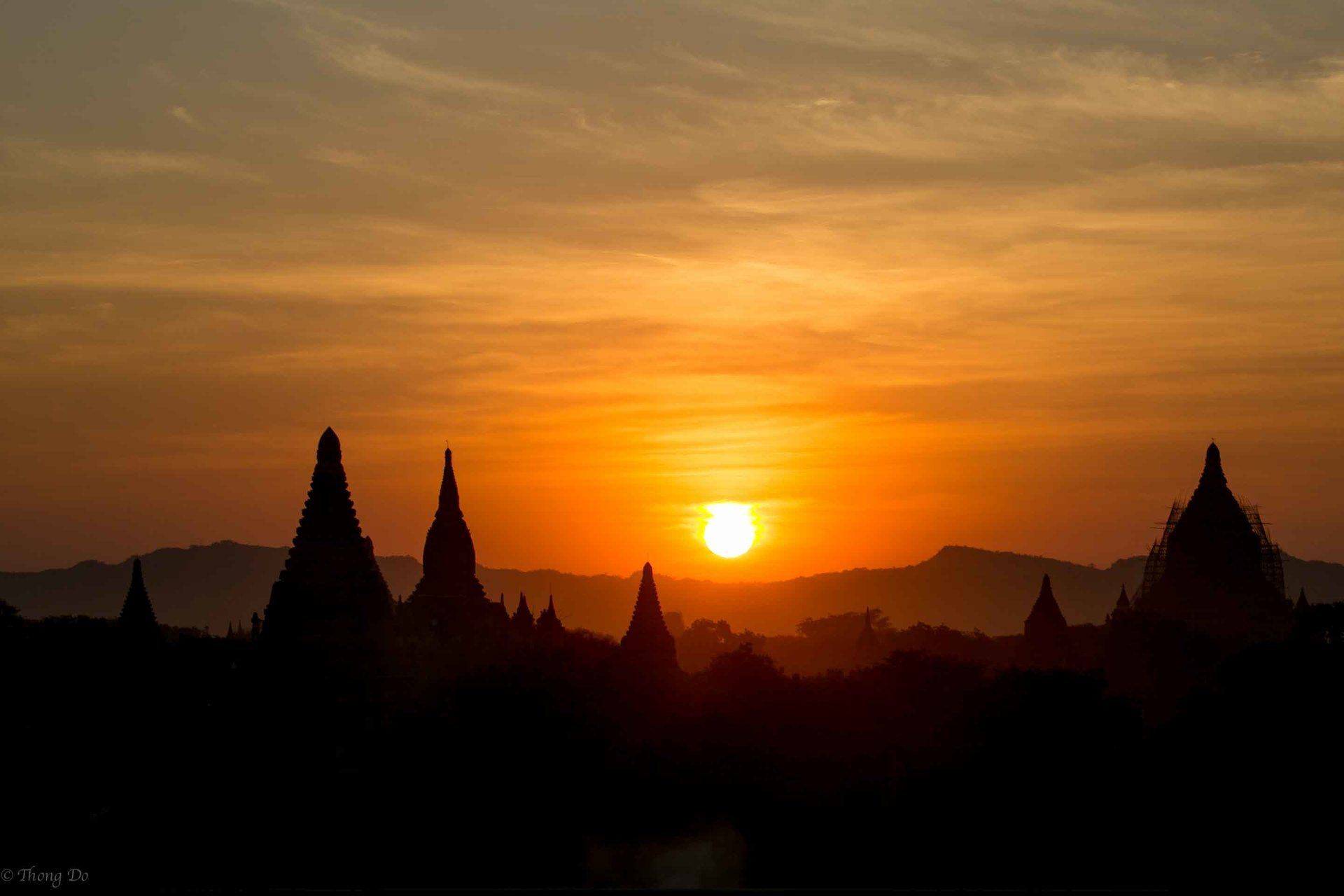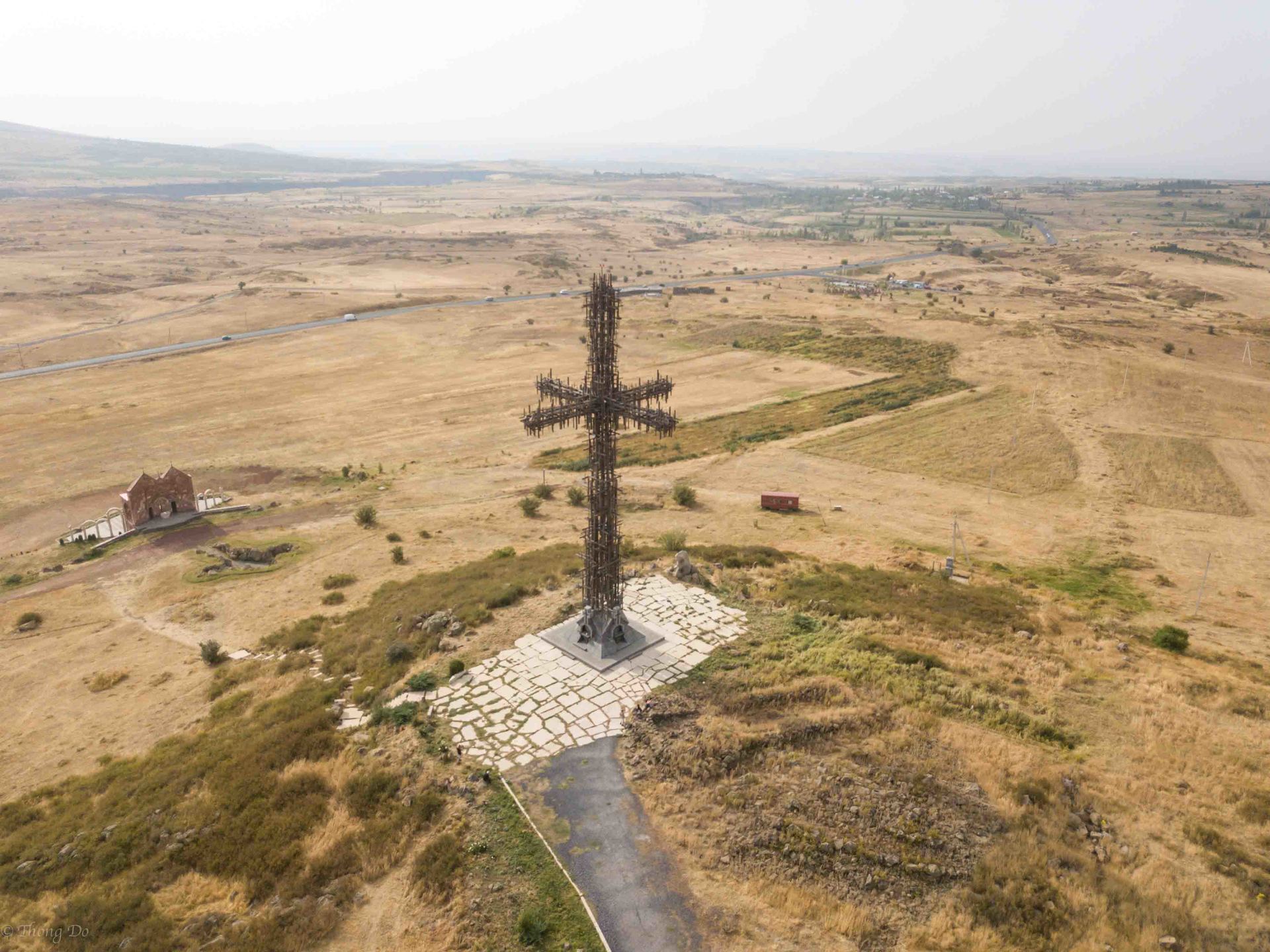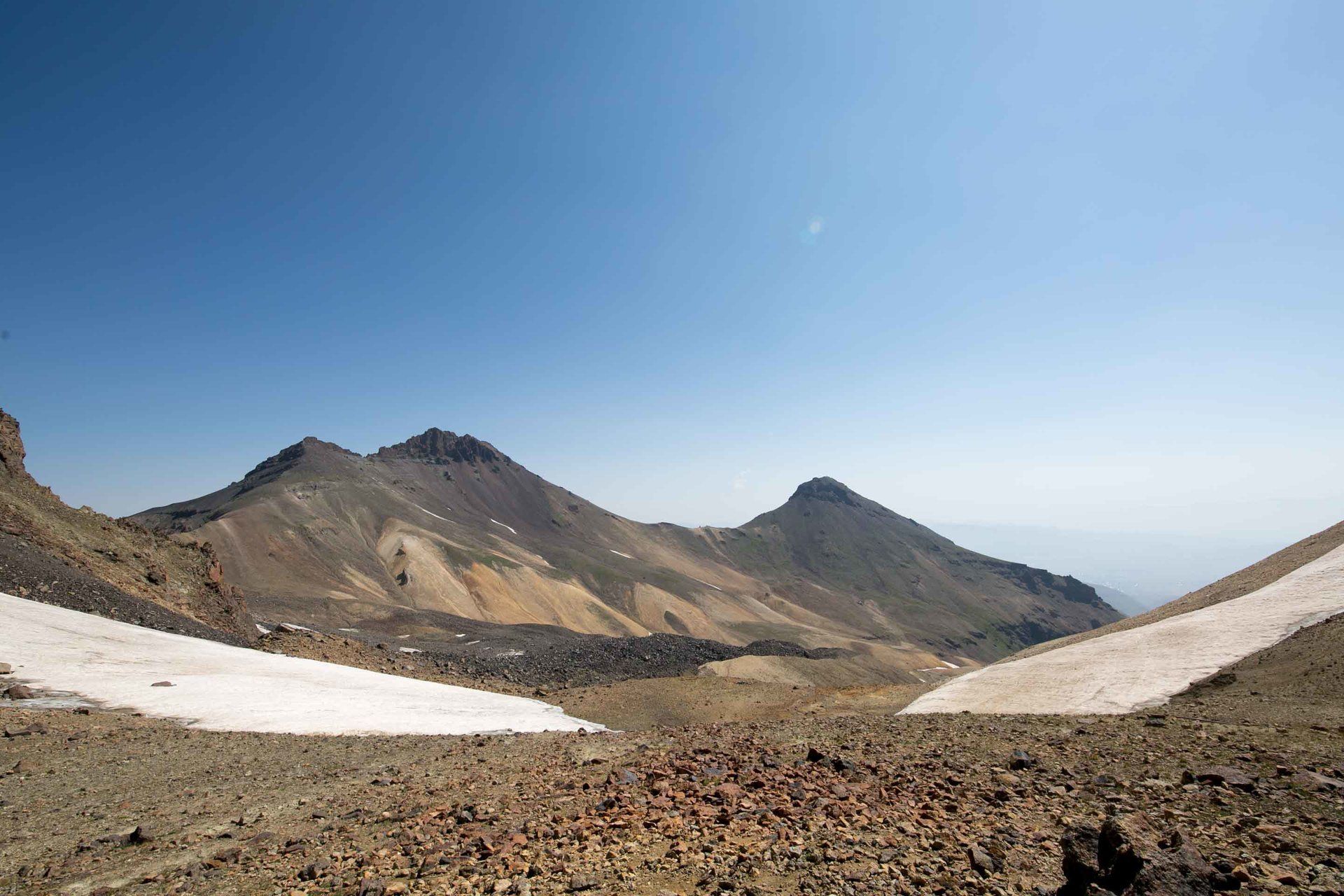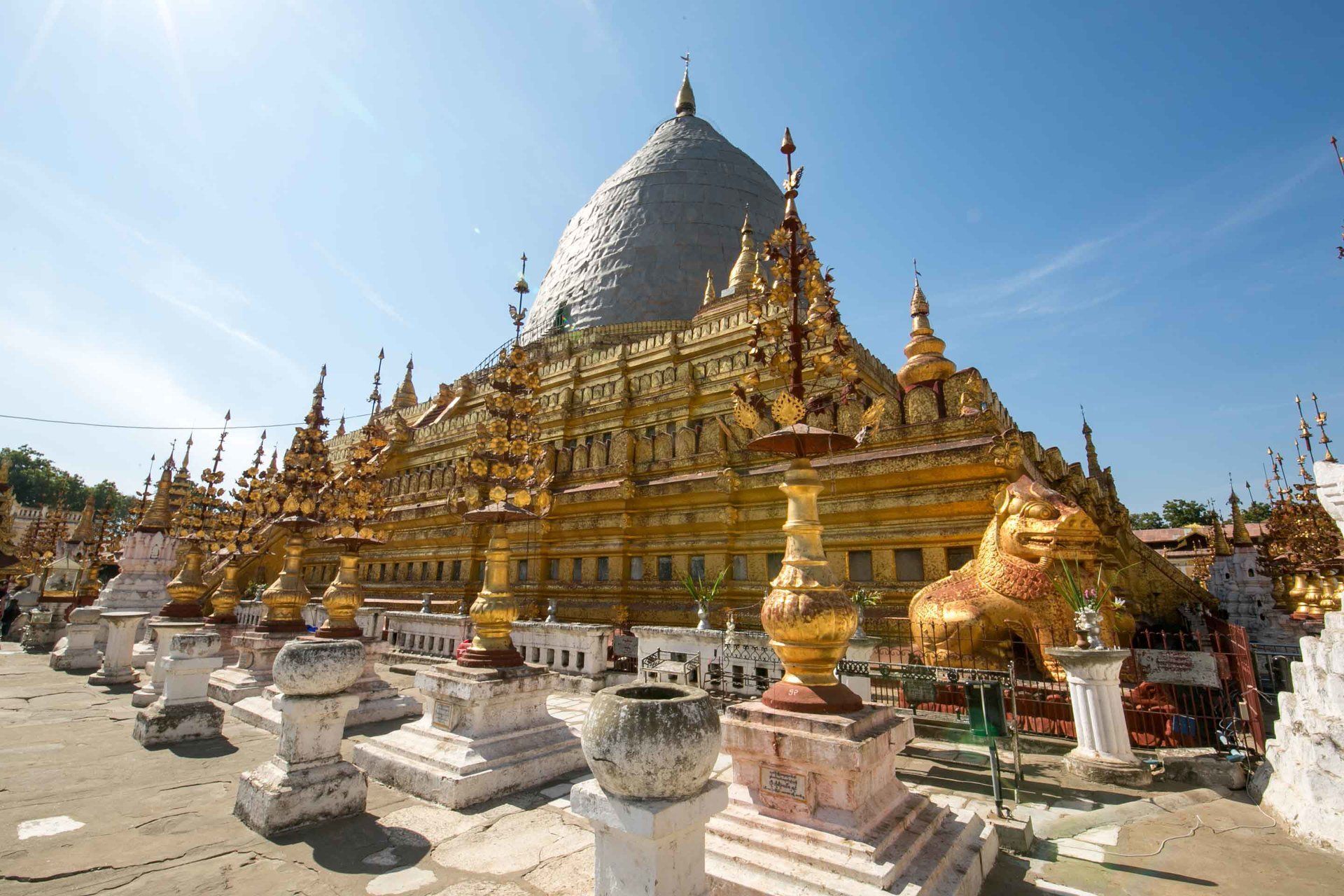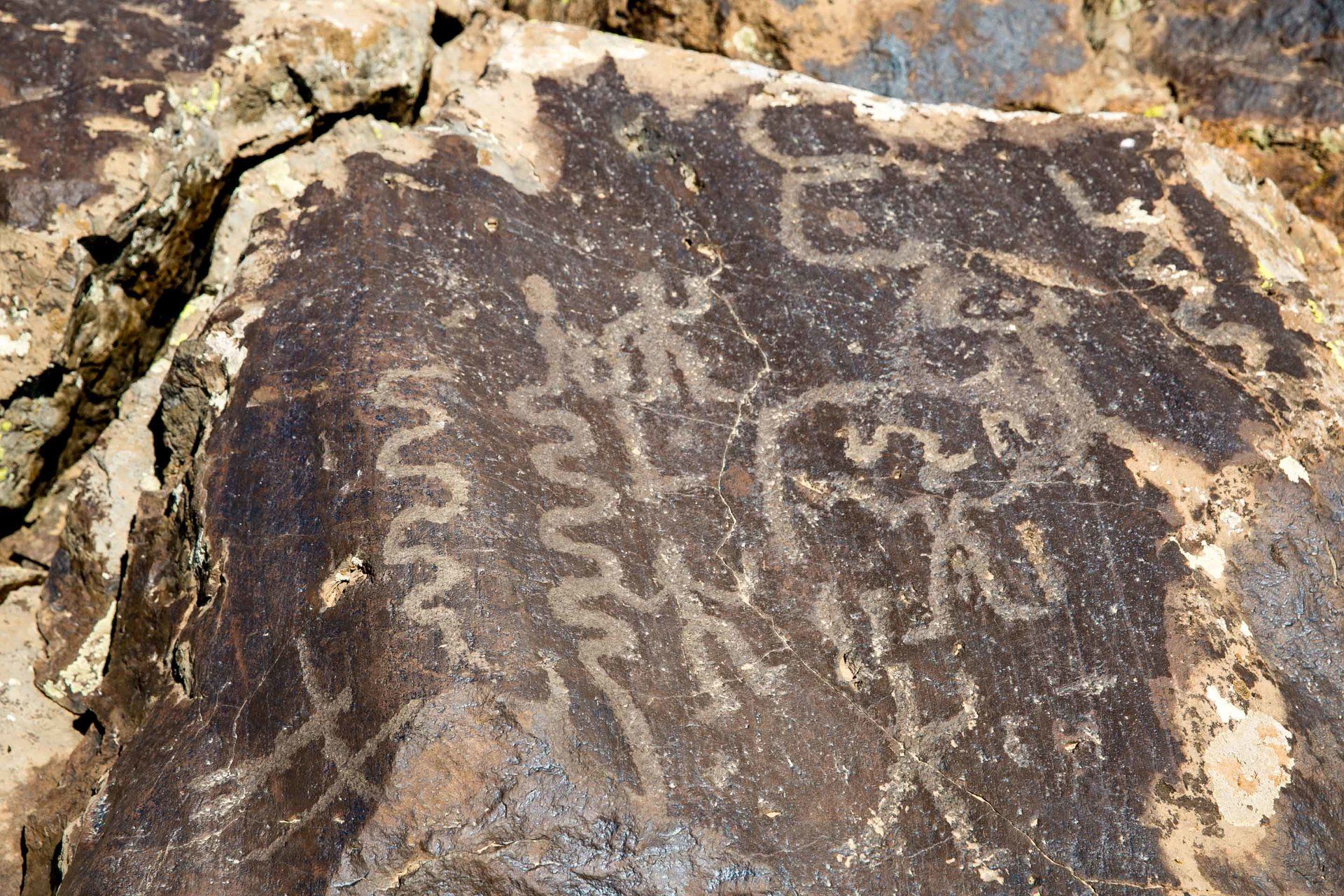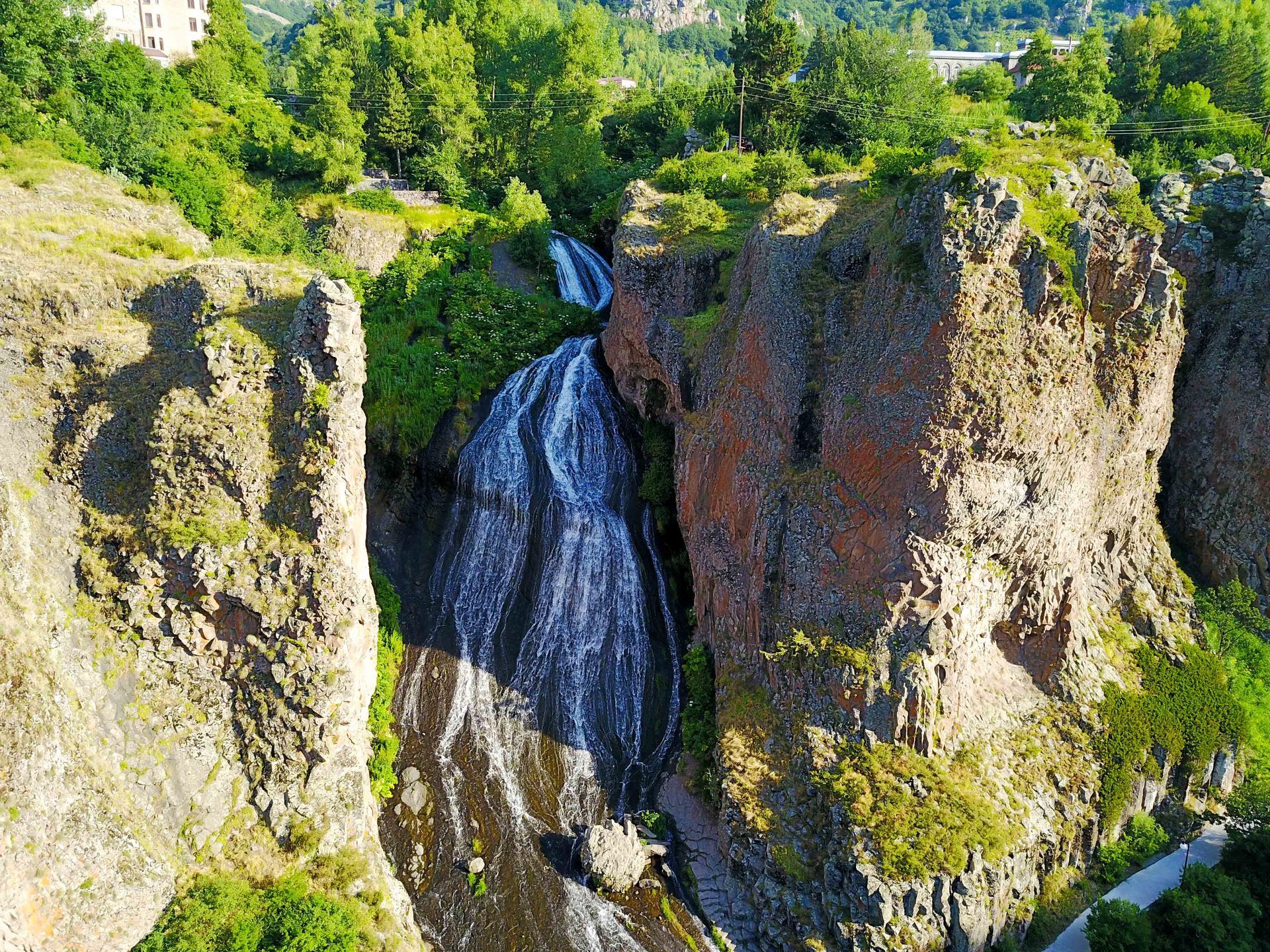What to see in Eastern Myanmar: Part 3 - Inle Lake - Shwe Inthein Stupa Complex, Kayan (long neck) women, and the 5 Day Open Market
- By Thong Do
- •
- 01 Jun, 2017
- •
One of the other main highlights to definitely experience is the Shwe Inthein Stupa Complex located on the western side of Inle Lake. To get here you must take a boat taxi and go through a narrow canal. This place is only accessible during the winter months and rainy season. The water level is just too low during the summer time. You can’t miss these pagodas on the top of the hill since it dominates the skyline. There is also a 700 meter long covered walkway that leads up to the pagodas. This long stretch is lined with scores of vendors selling everything imaginable for tourists.
The site is believed to date back to the days of the Indian emperor Ashoka, who sent out monks in the 3rd century BC across Asia to spread Buddhism. Hundreds of years later two kings of the Bagan Empire, Narapatisithu and Anawrahta, built pagodas in this area. The site contains over 1,000 stupas. Some are made of mud and stone, some intricately carved with splendid detail, and some with precious metals. While many have been restored, the majority of them have been reclaimed by the jungle and are in ruins. Most of the structures here date from the 14th to 18th century and are typical of Burmese zedi.
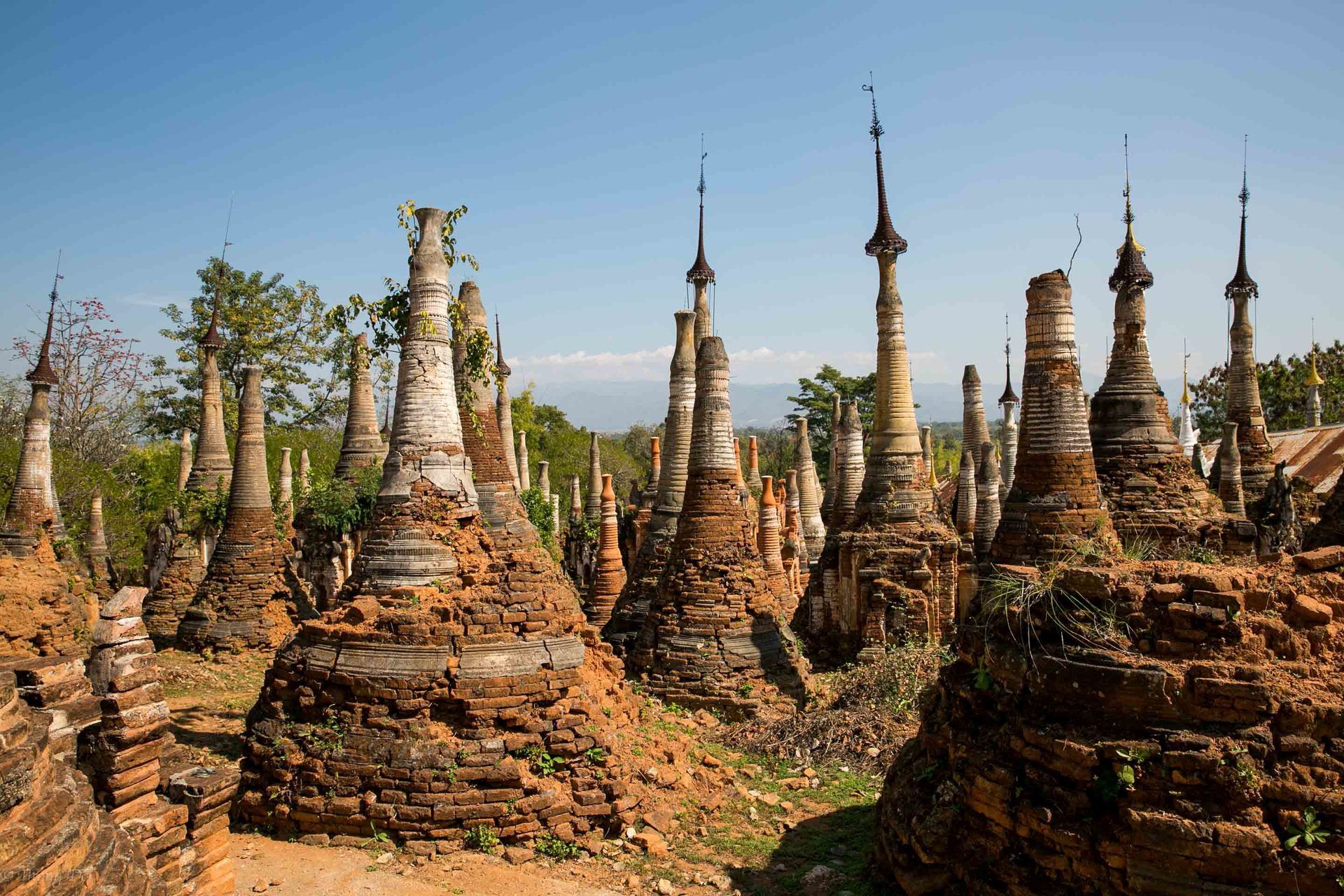
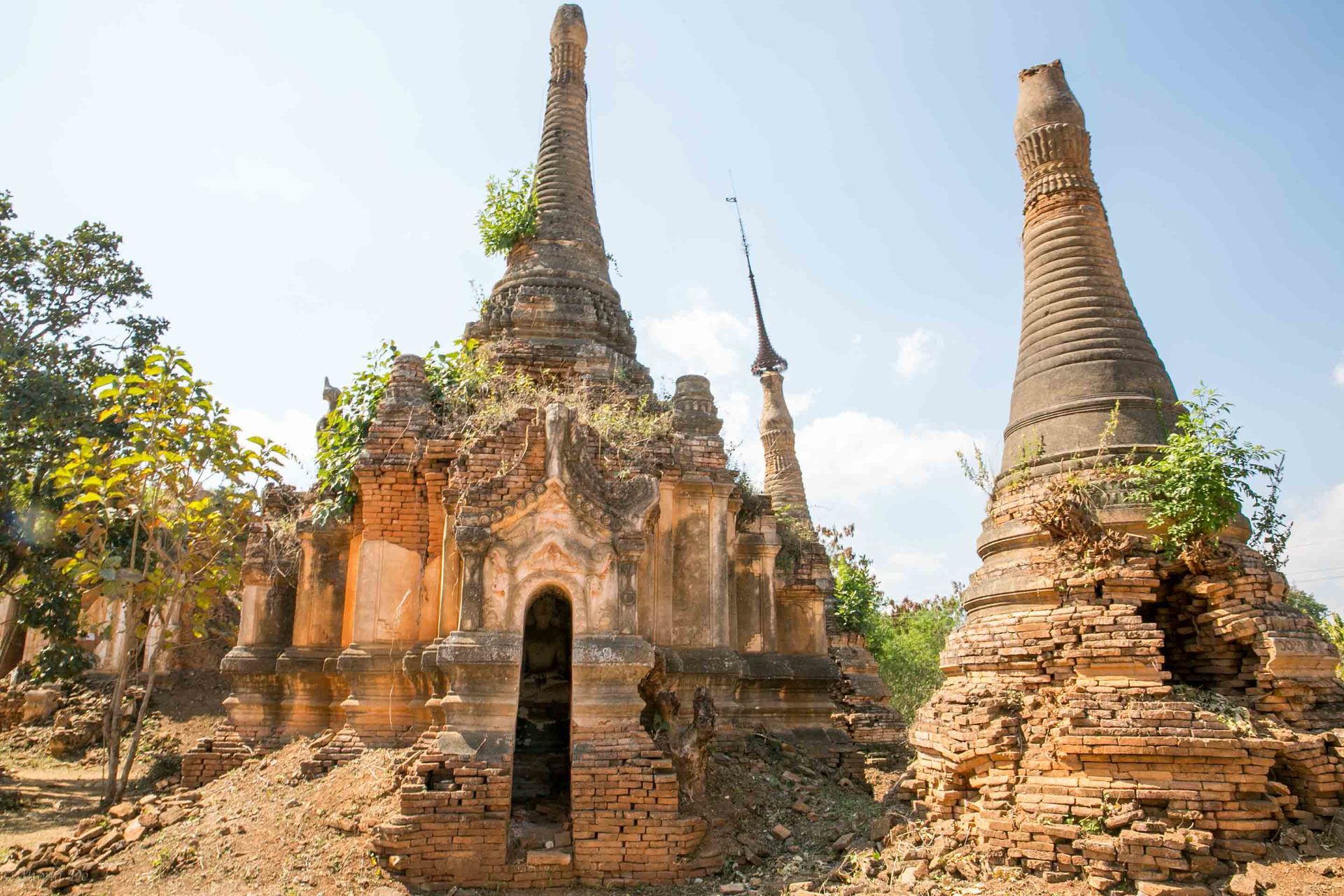
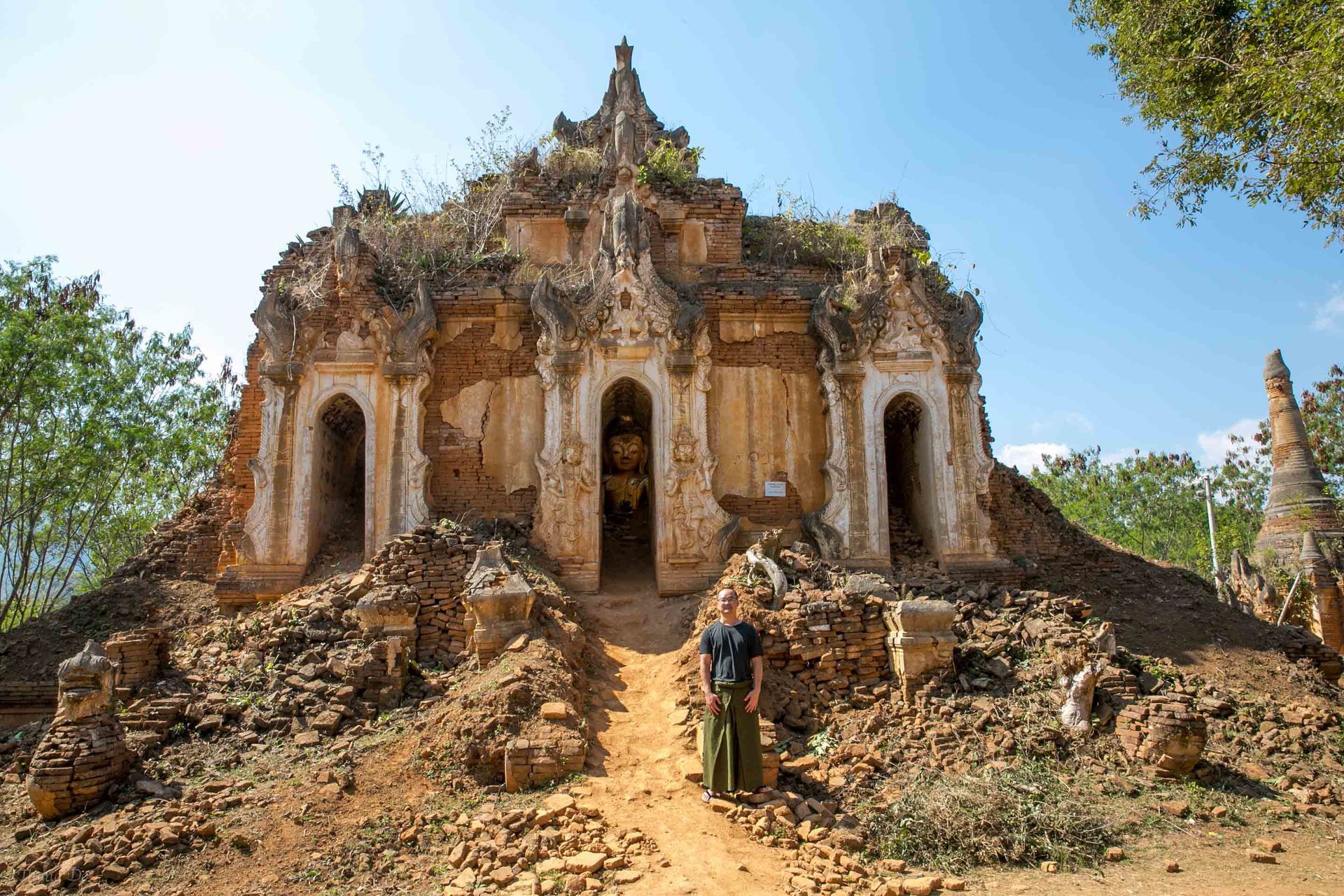
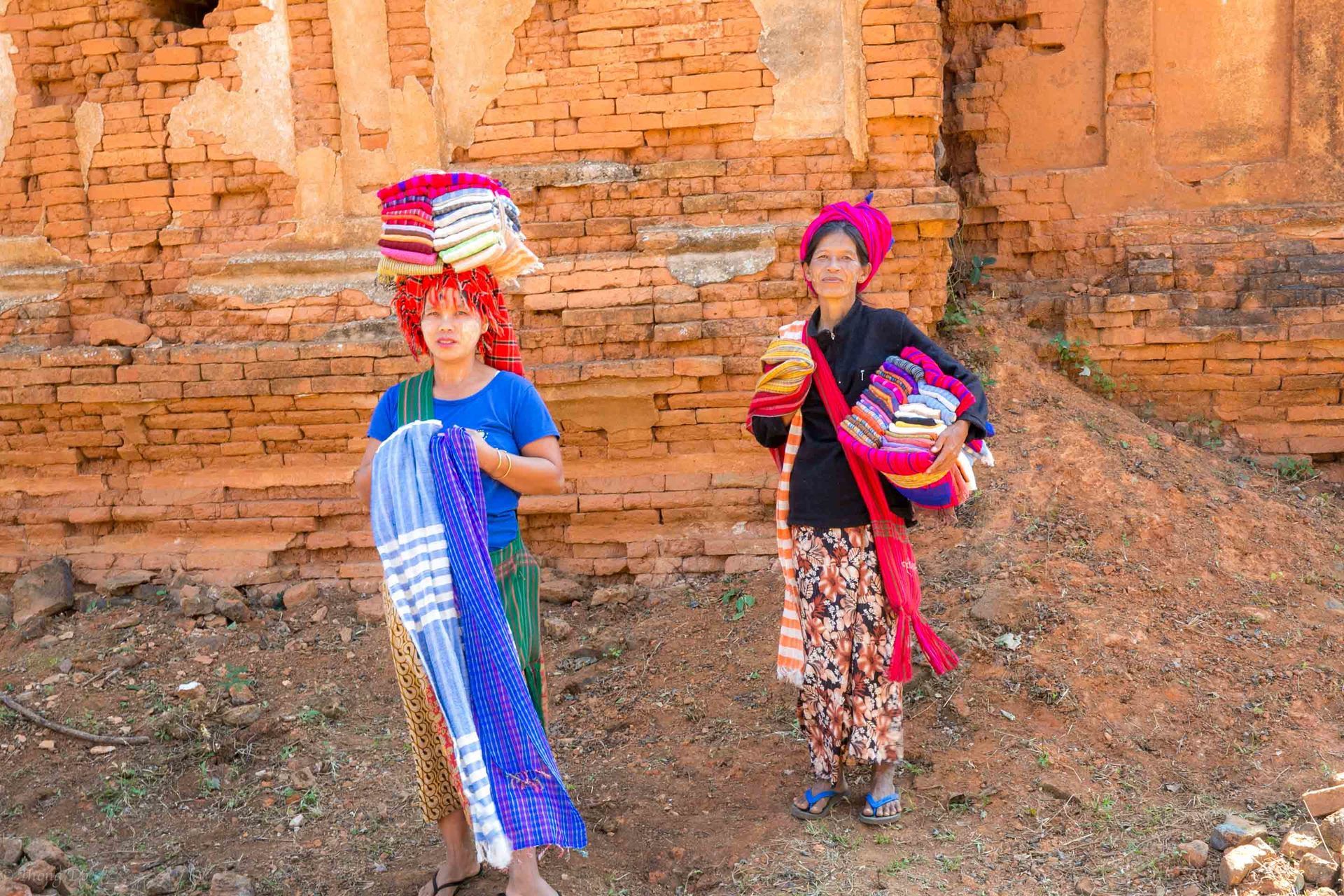
The hti, a top element shaped like an ornamental umbrella is missing at many of the unrestored stupas. Local and foreign donors have restored some of the stupas.
The great thing about this area is that you can walk anywhere and get up close to the stupas. I’d recommend you use a wide-angle lens to capture the scope and size of the stupas. It’s quite a long walk to the top so pace your self.
The opening hours are from 8am to 6pm.
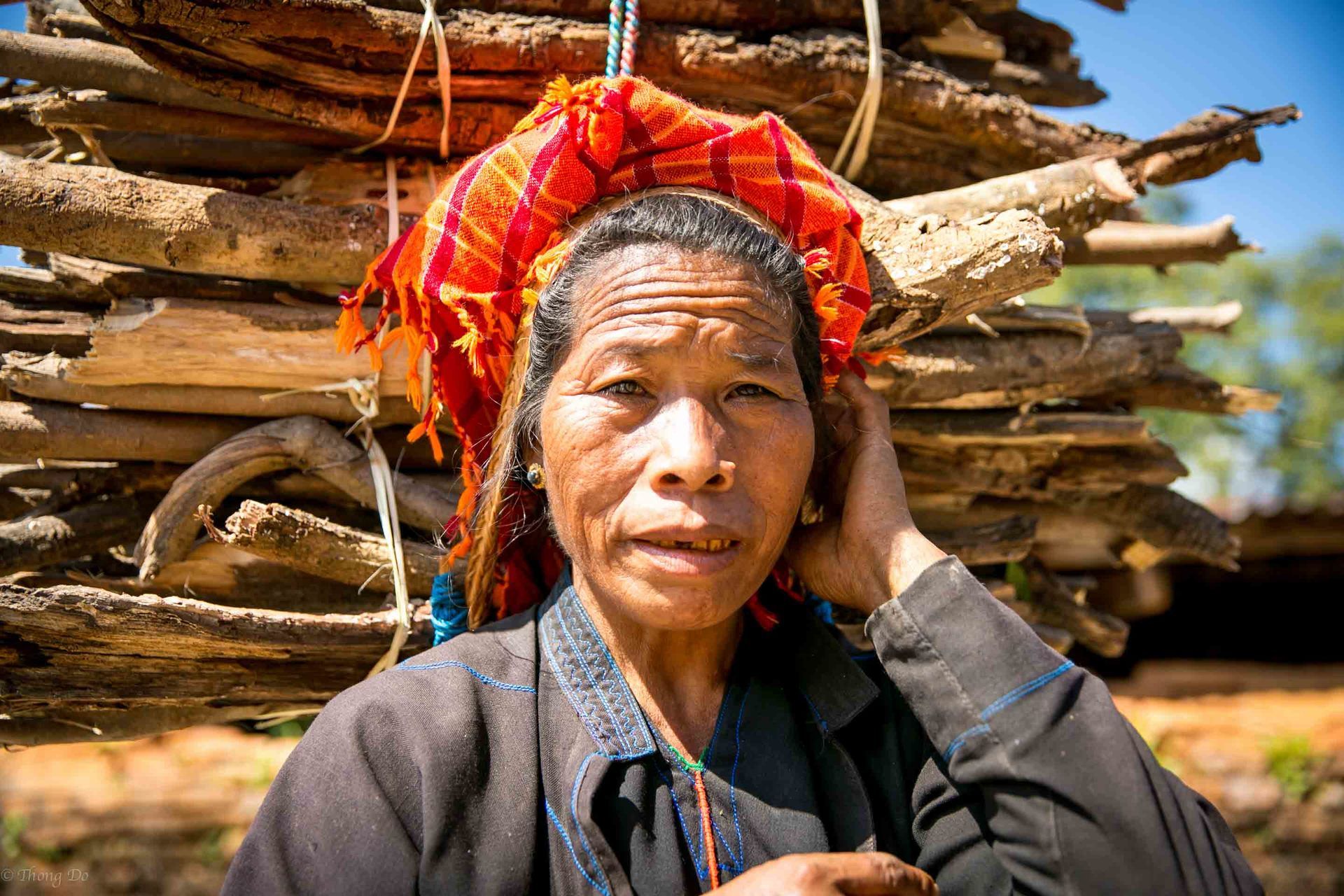
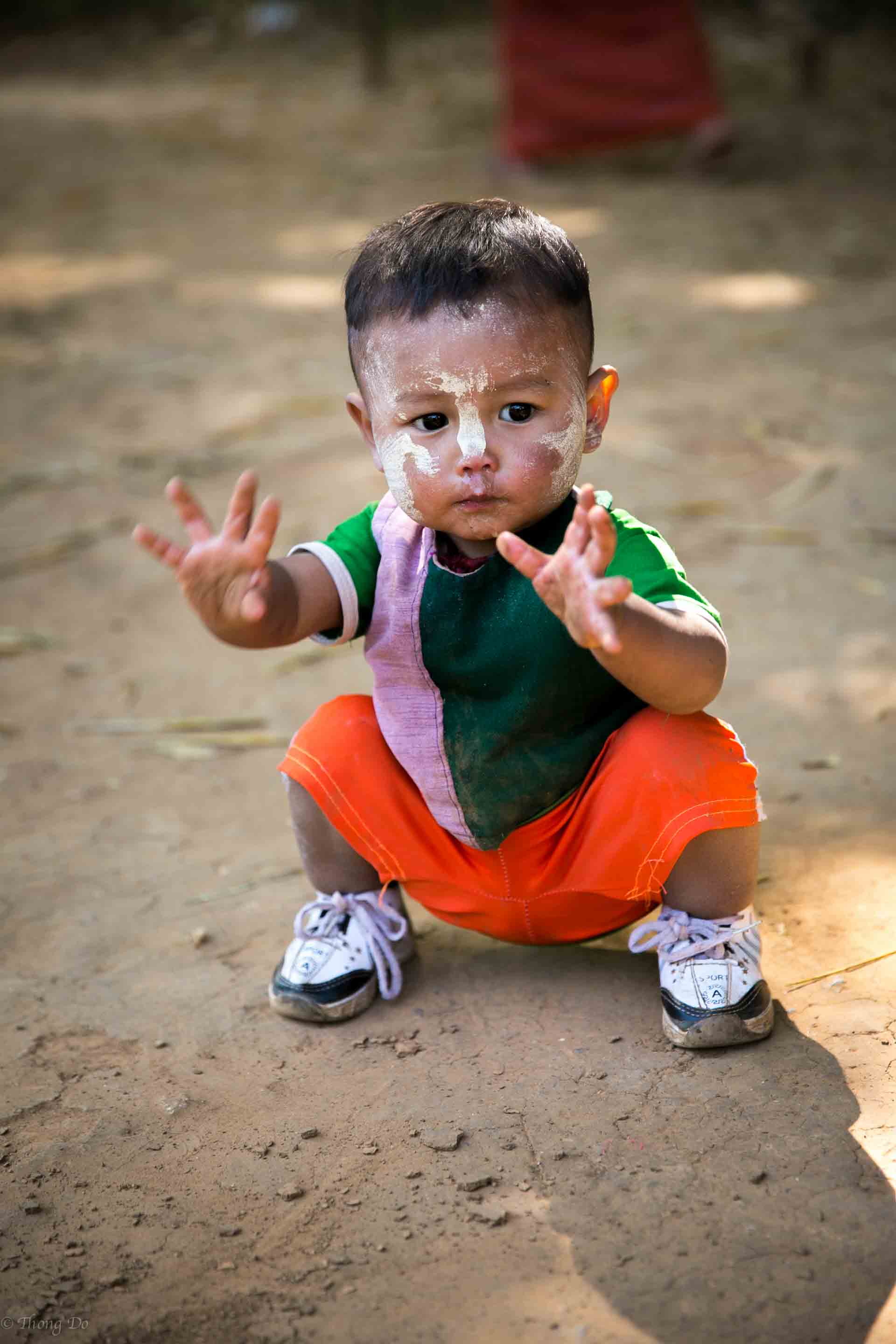
The most amazing sites I saw in the Inle Lake area were the Kayan women also called Padaung or long neck women. I first learned of these women who wear brass coils around their neck and stretch it out from National Geographic when I was very young. I was very fascinated about them and knew I wanted to see them since I was coming to this region. Most of these tribal women originate from the Kayan state and sometimes get confused with being Thai. Due to the political turmoil and conflict that existed throughout the 80s and 90s many people including the Kayan tribes fled to neighboring Thailand. Many of the Kayan women quickly became tourist attractions there and that’s how the confusion took place.
There are close to 40,000 Kayan in the Shan State and I stopped by a Kayan run shop and had some Kayan women weaving some clothing when I was there. There were 2 older Kayan women and 2 teenagers there. They were used to tourists photographing them and they were ok with answering my questions. They told me that they begin to wear the gold rings around 7 or 8 years old and as they get older they replace it with a longer coiled ring. They say they feel no pain or discomfort and actually feel naked without it. Although it looks like this stretches their necks it actually just pushes down on the clavicle and gives the illusion of an elongated neck.
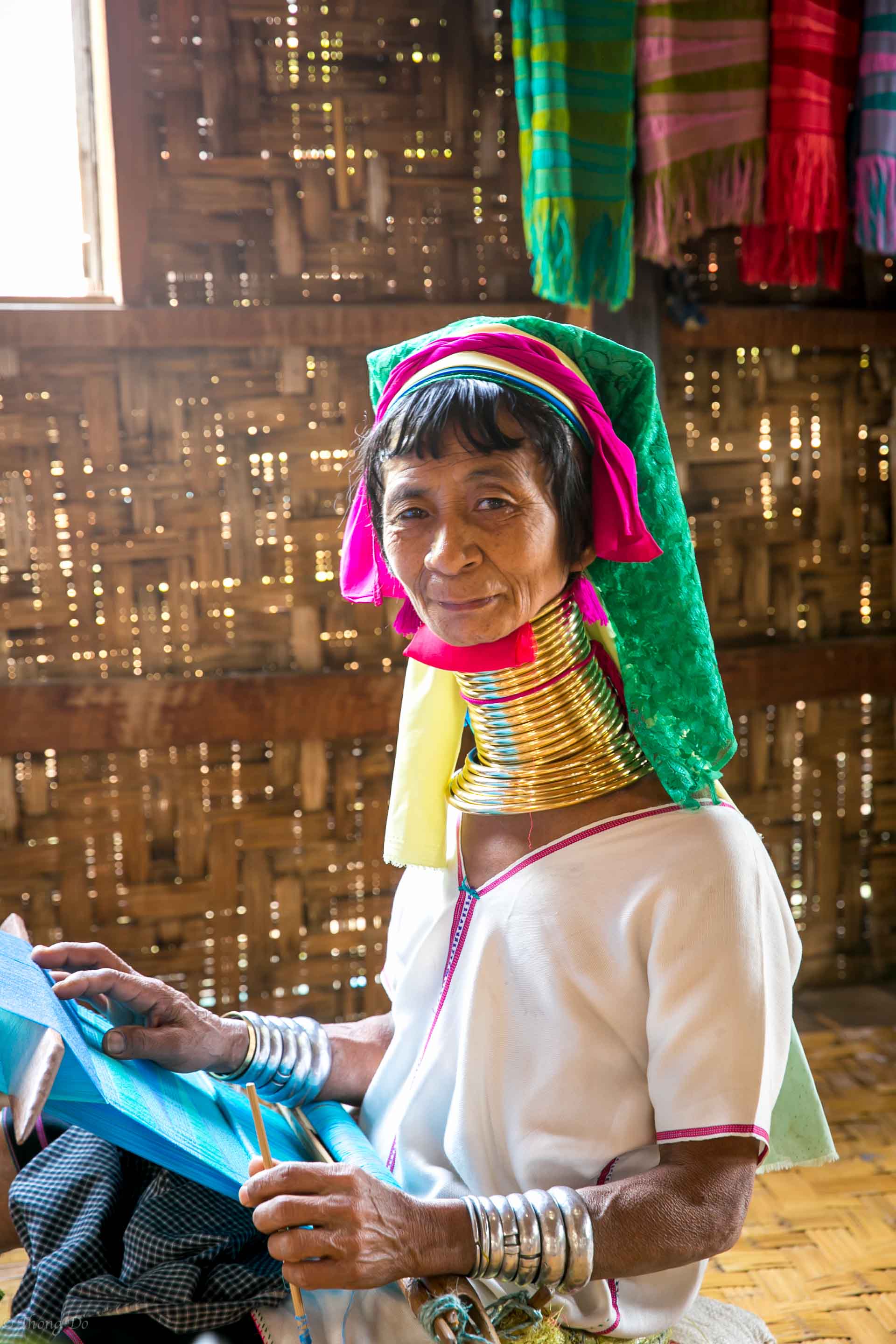
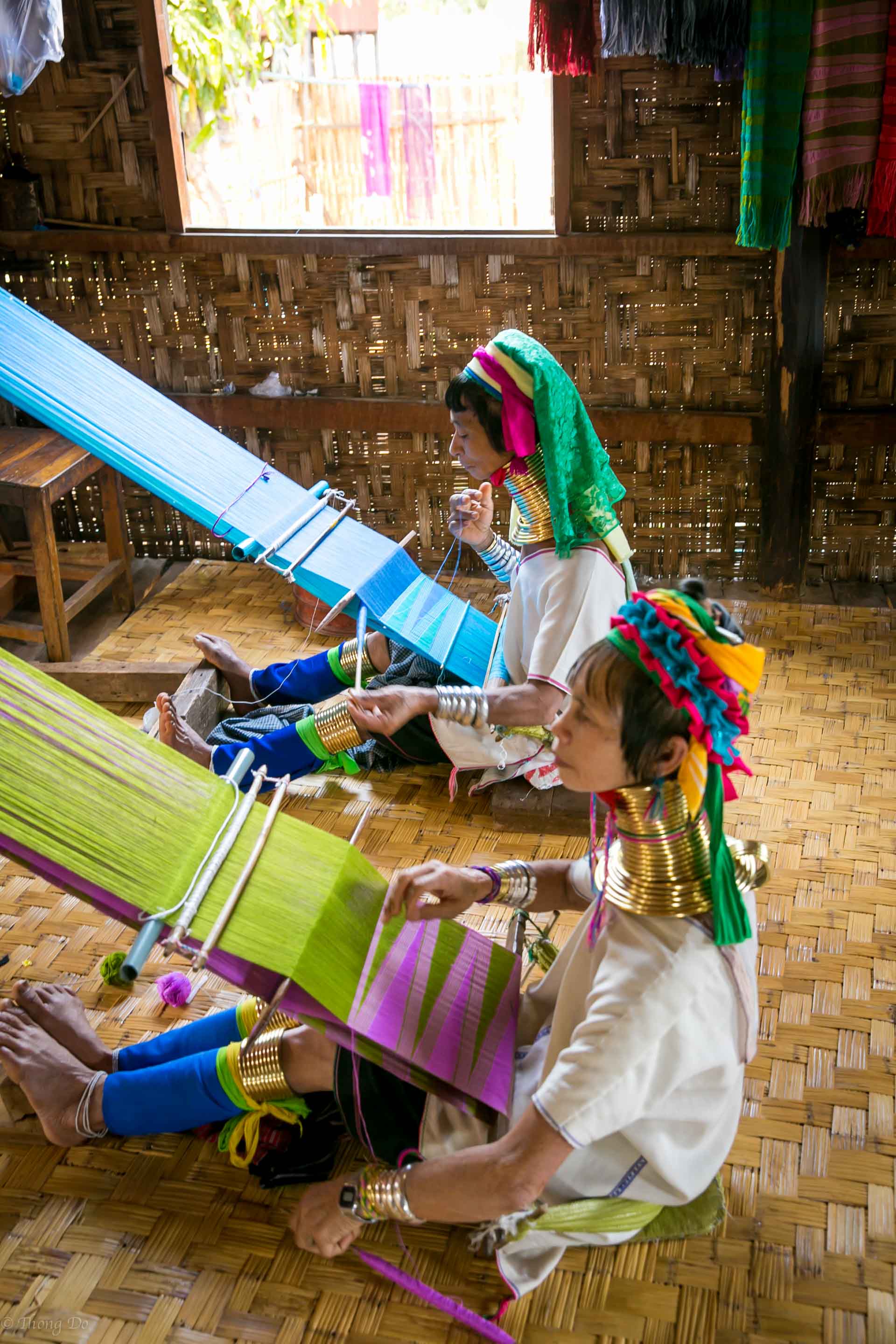

When I asked the teenagers if a lot of girls their age wear the brass coils around their neck they told me that many of their cohorts no longer have the interest to continue this tradition. They wanted to see their heritage maintained and not forgotten and that’s why they chose this. I applaud them for doing it because it’s such a fascinating cultural trait.
There are some theories as to why the Kayan women wear these brass-coiled rings around their neck. One of the main theories is that in ancient times when men would get wives by raiding and kidnapping neighboring villages, this was a preventative measure in order for them to look less attractive to potential aggressors. The other theory is that these brass coils protect the neck from tiger bites. I’m not too sure how true it is but that’s the competing theory. I bought some hand woven purses for souvenirs for family members and said my goodbyes. The Kayan women were very nice and it was a bucket list item for me to photograph them and talk to them. Check them out if you are in the area.
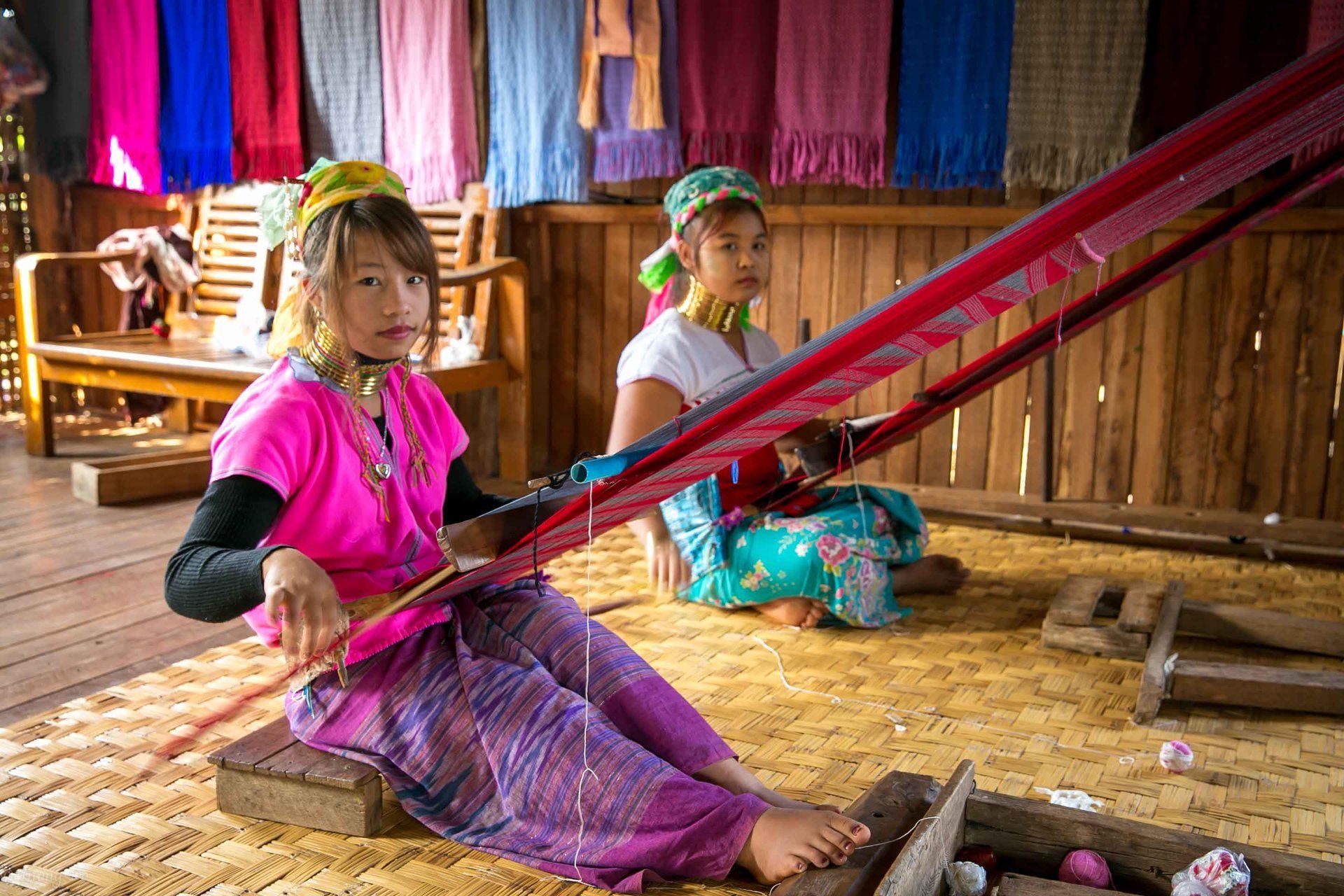
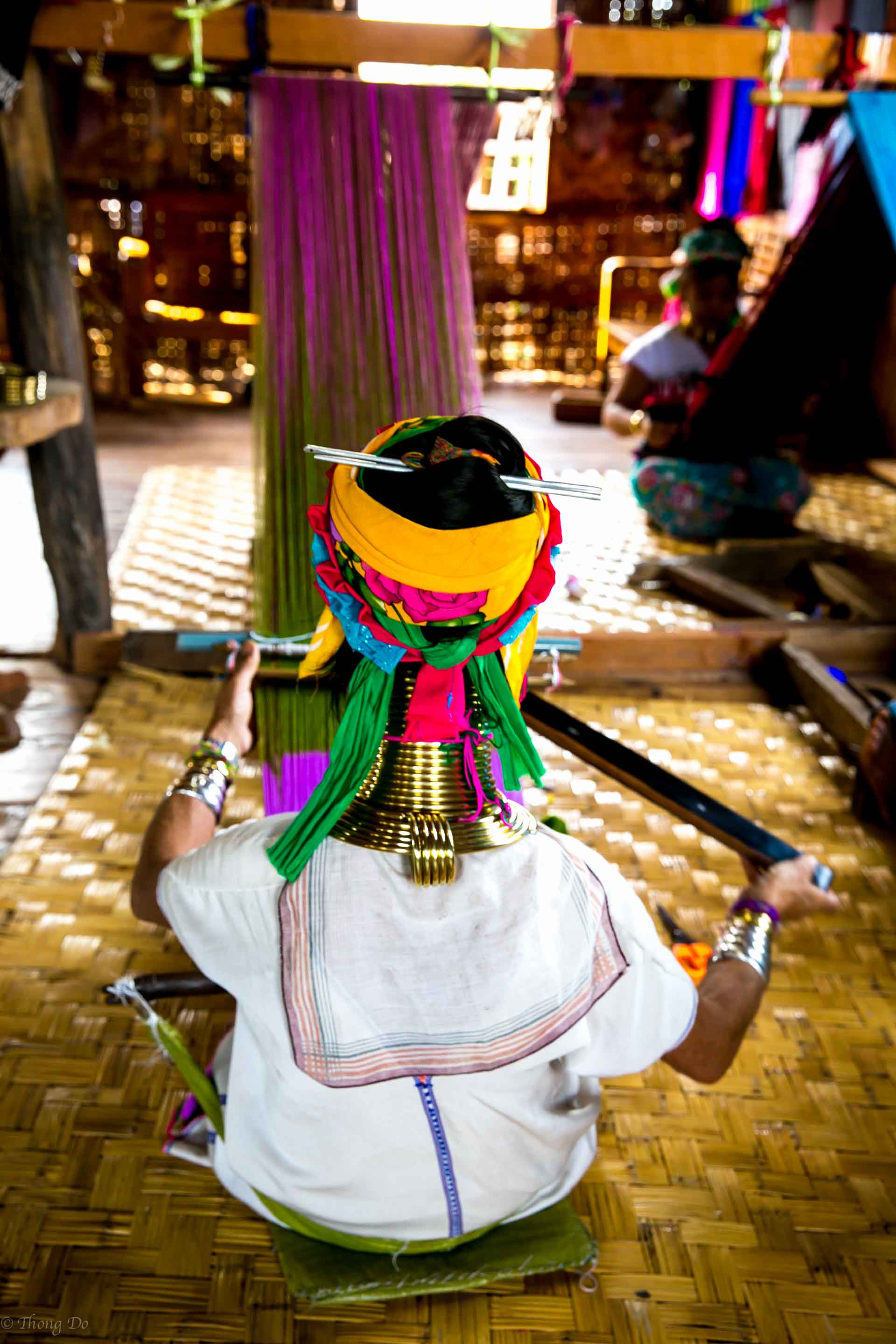
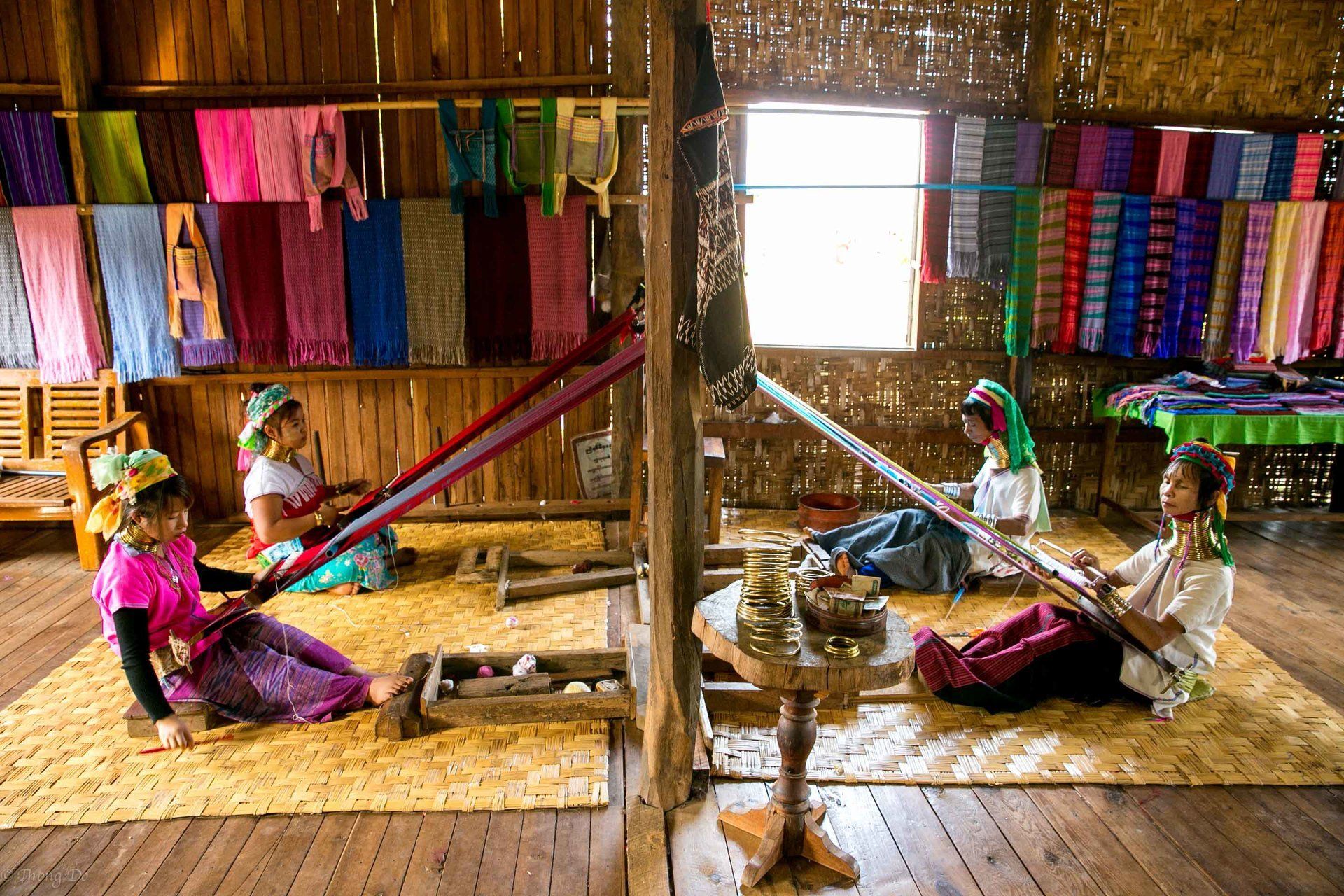
The other attraction you must see while in the Inle Lake area is the Inle “5 day Market”. The market is held in a 5 villages and on a 5-day cycle. The locals from the surrounding area come to sell their goods here. Food and other items are available here and the coolest thing to see is the distinction in how the different tribes dress. Certain tribes use specific colors and designs so that’s how my tour guide was able to spot the difference.

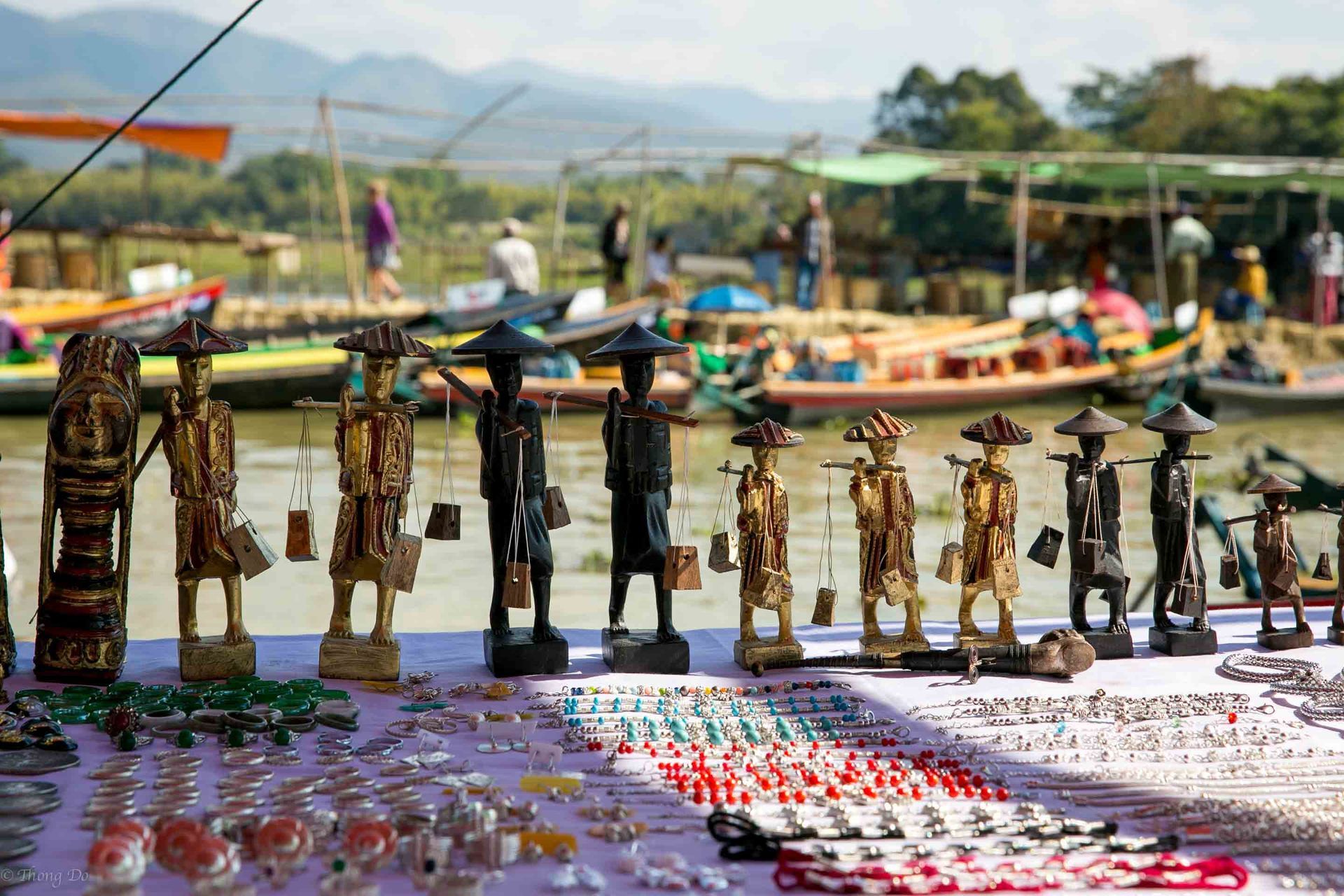
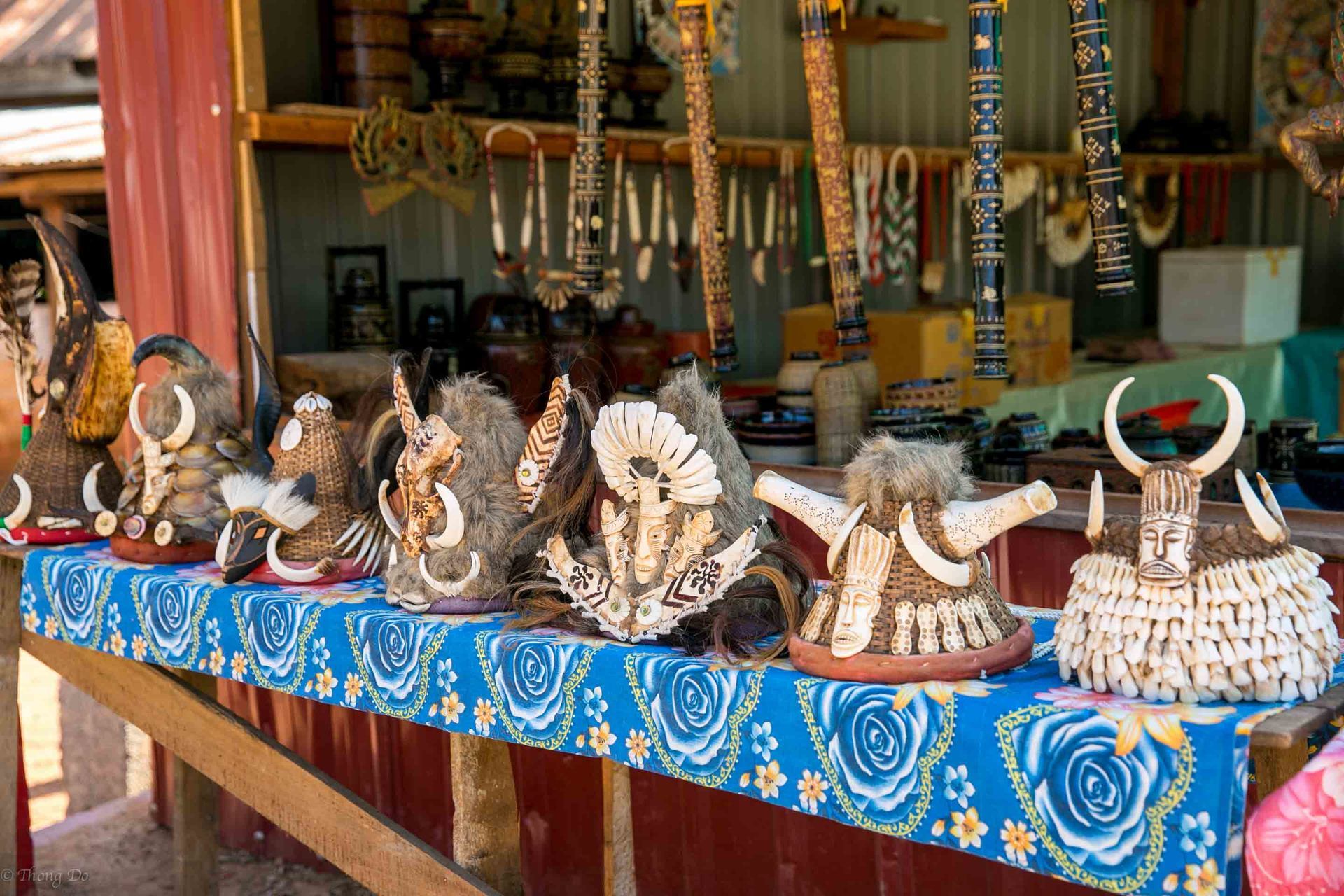
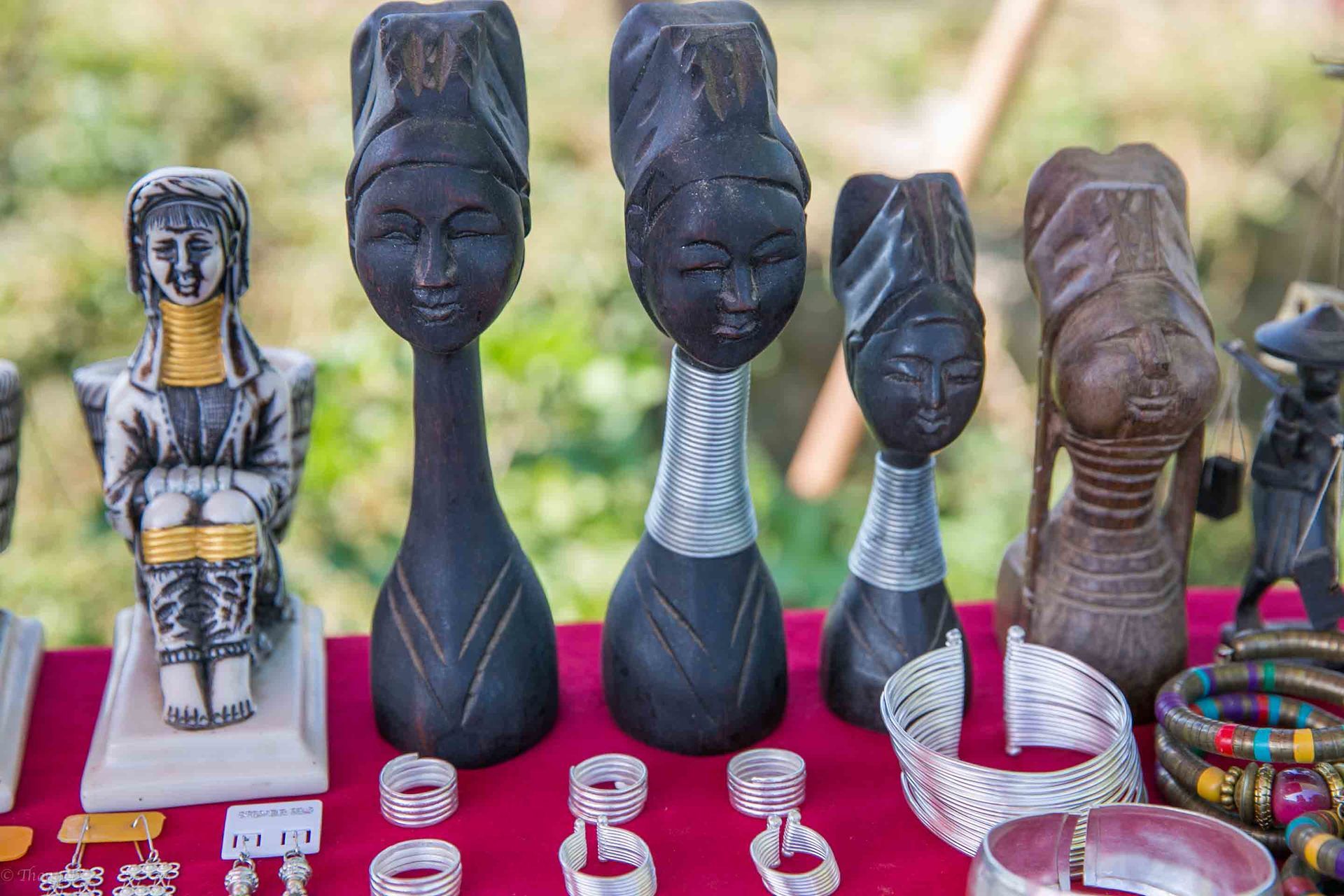

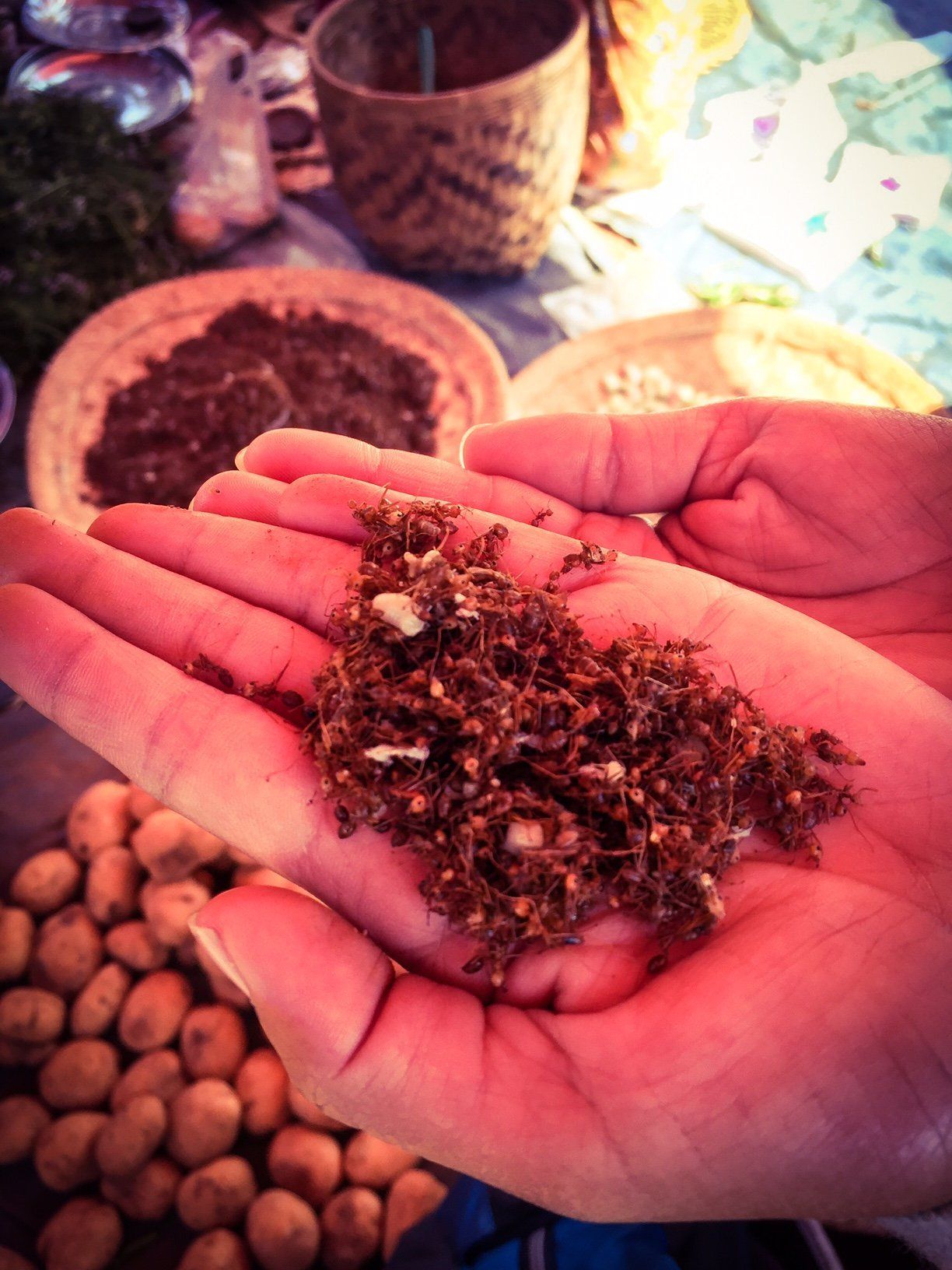
So when I arrived here by long boat taxi we immediately hit a traffic jam. By traffic jam I mean dozens and dozens of long boats parked everywhere and it was a little tricky getting to a dock. There are numerous vendors selling local souvenirs. I bought some wooden bottle openers that were shaped like fish. There are plenty of food vendors too so grab some fresh food if you like!
There is so much to see in Inle Lake so make sure you plan a few days in this area.
Happy traveling…

